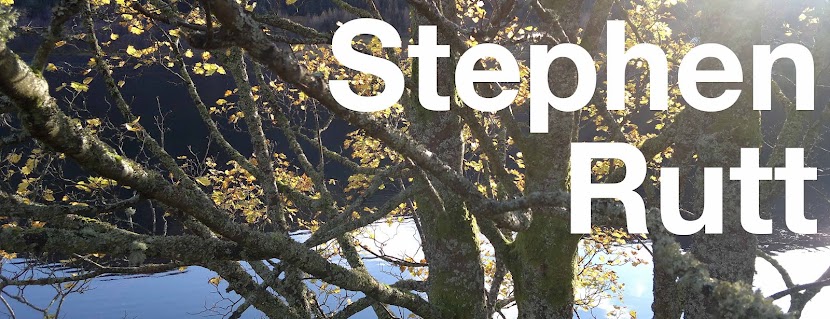Pardon? I’m half deaf you see. Discovered Led Zeppelin too young. And I’m more of a visual person anyway. It’s sort of like I'm audio-dyslexic or something — the melody never sticks but the words do.
And so on.
Birds don’t sing with subtitles and I struggle to remember the identifying features of any birdsong for more than about five minutes. I’m deeply envious of the birders with a xeno-canto of the mind, as I can just about manage to hold twenty five species or so in my head at any time. For me there’s a reason why birder is a contraction of birdwatcher and not bird-listener. And yet…
March baked. The trees shook through the haze over heath. A Stonechat perched in a stunted Silver Birch, not quite in the brightest orange and black of its breeding plumage. Buzzards spiral high into the wind, surveying their territory over the Surrey commons; a fragment of the old English landscape. In the bones of a tree a lark sat. Not your typical lark. Through the haze of the telescope I could make out the salient details: black and white coverts on the edge of the wing interrupting the dull brown plumage, and a longer bolder stripe over the eye. A Woodlark. It is a classic boring bird. Important too: only 3000 or so pairs left breeding on the southern and eastern heathlands. And then it started to sing.
 |
| Photo by Stephen Menzie |
'Teevo cheevo cheevio chee'
Initially tremulous - as if still warming up for the spring ahead - notes shaded the air. Then a torrent. At this distance the bill doesn't appear to move, but stuck open directing its aria, descending through notes as blue as the sky, echoing.
Echoing. That's what flicks the switch in my mind and it's 2007 again. I am 15 and wandering the sanderling heaths of coastal Suffolk by myself. Cautiously, it's spring, there might be Adders about. I found the heath by accident, following a track round from the adjacent estuary. It looked good habitat for Dartford Warblers, but I don't see them. Instead, I enter a glade of pines and am struck by birdsong. The most intensely delicate, beautiful melody I had heard from a bird. And the volume! It seems like the exaggeration of memory, or of youthful exuberance but it filled the glade like a soloist in an opera hall. Volume and beauty. It moved that cold teenager — shy, and not much given to displays of emotions — to a moment of rapture. I never saw that Woodlark well, but I knew I would never experience one like it again.
The song from the bare tree fades, the lark flies to the ground and lands out of sight, but never out of mind.
It is a typical boring bird. One of my favourites.
 |
| Photo by Stephen Menzie |





